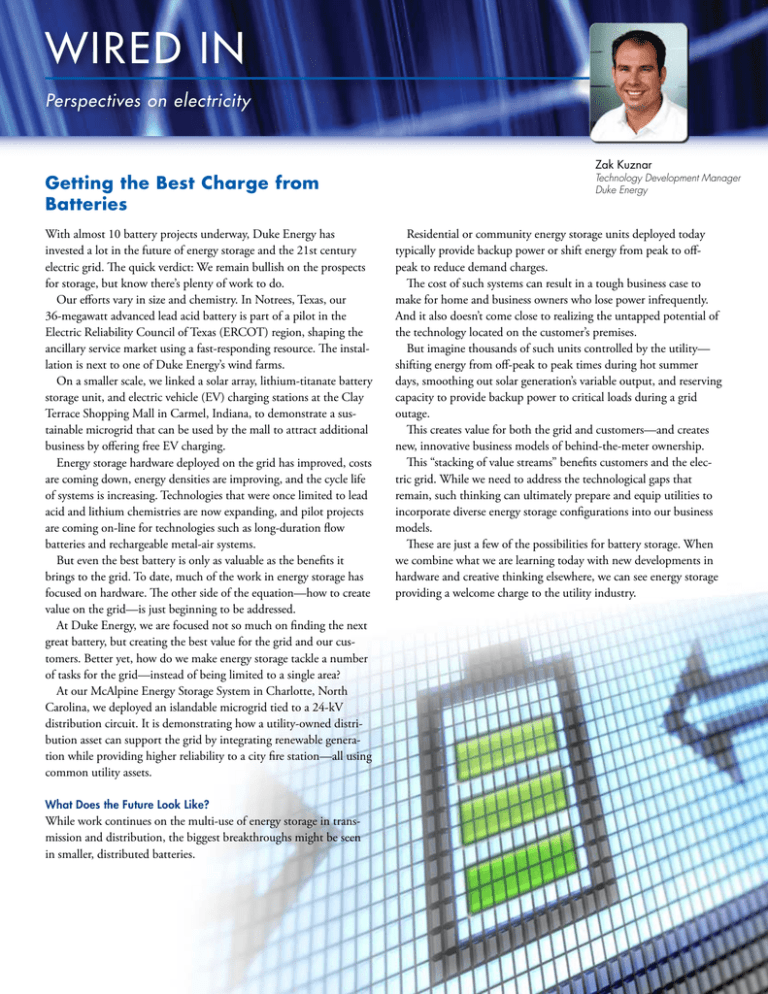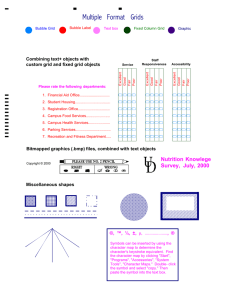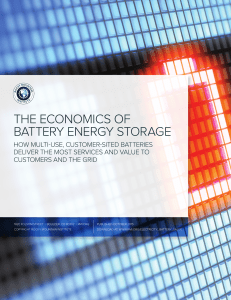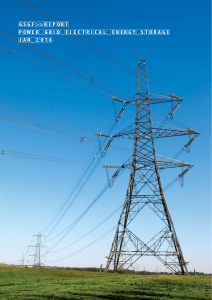WIRED IN Perspectives on electricity Getting the Best Charge from Batteries
advertisement

WIRED IN Perspectives on electricity Getting the Best Charge from Batteries With almost 10 battery projects underway, Duke Energy has invested a lot in the future of energy storage and the 21st century electric grid. The quick verdict: We remain bullish on the prospects for storage, but know there’s plenty of work to do. Our efforts vary in size and chemistry. In Notrees, Texas, our 36-megawatt advanced lead acid battery is part of a pilot in the Electric Reliability Council of Texas (ERCOT) region, shaping the ancillary service market using a fast-responding resource. The installation is next to one of Duke Energy’s wind farms. On a smaller scale, we linked a solar array, lithium-titanate battery storage unit, and electric vehicle (EV) charging stations at the Clay Terrace Shopping Mall in Carmel, Indiana, to demonstrate a sustainable microgrid that can be used by the mall to attract additional business by offering free EV charging. Energy storage hardware deployed on the grid has improved, costs are coming down, energy densities are improving, and the cycle life of systems is increasing. Technologies that were once limited to lead acid and lithium chemistries are now expanding, and pilot projects are coming on-line for technologies such as long-duration flow batteries and rechargeable metal-air systems. But even the best battery is only as valuable as the benefits it brings to the grid. To date, much of the work in energy storage has focused on hardware. The other side of the equation—how to create value on the grid—is just beginning to be addressed. At Duke Energy, we are focused not so much on finding the next great battery, but creating the best value for the grid and our customers. Better yet, how do we make energy storage tackle a number of tasks for the grid—instead of being limited to a single area? At our McAlpine Energy Storage System in Charlotte, North Carolina, we deployed an islandable microgrid tied to a 24-kV distribution circuit. It is demonstrating how a utility-owned distribution asset can support the grid by integrating renewable generation while providing higher reliability to a city fire station—all using common utility assets. What Does the Future Look Like? While work continues on the multi-use of energy storage in transmission and distribution, the biggest breakthroughs might be seen in smaller, distributed batteries. Zak Kuznar Technology Development Manager Duke Energy Residential or community energy storage units deployed today typically provide backup power or shift energy from peak to offpeak to reduce demand charges. The cost of such systems can result in a tough business case to make for home and business owners who lose power infrequently. And it also doesn’t come close to realizing the untapped potential of the technology located on the customer’s premises. But imagine thousands of such units controlled by the utility— shifting energy from off-peak to peak times during hot summer days, smoothing out solar generation’s variable output, and reserving capacity to provide backup power to critical loads during a grid outage. This creates value for both the grid and customers—and creates new, innovative business models of behind-the-meter ownership. This “stacking of value streams” benefits customers and the electric grid. While we need to address the technological gaps that remain, such thinking can ultimately prepare and equip utilities to incorporate diverse energy storage configurations into our business models. These are just a few of the possibilities for battery storage. When we combine what we are learning today with new developments in hardware and creative thinking elsewhere, we can see energy storage providing a welcome charge to the utility industry.






